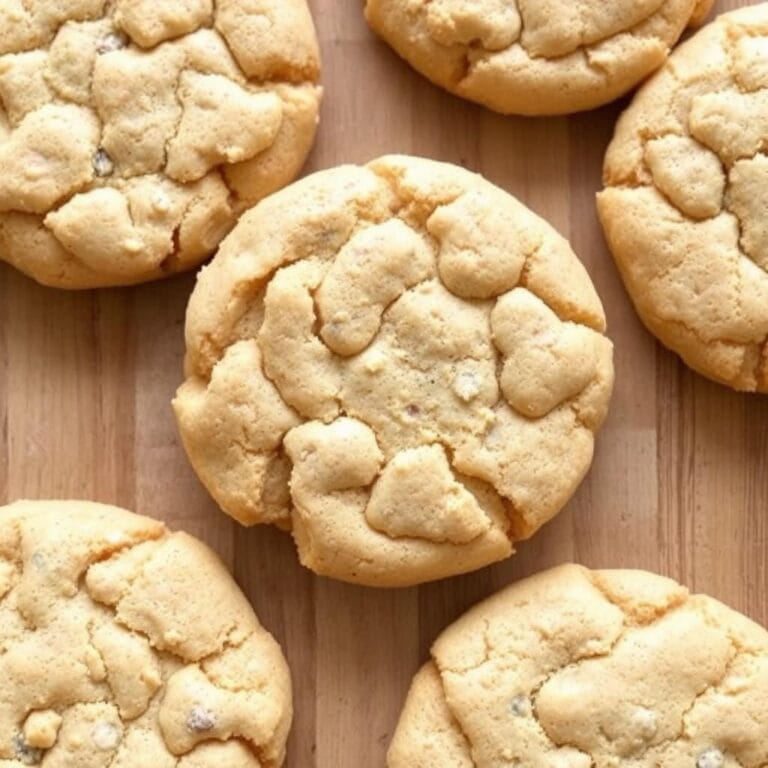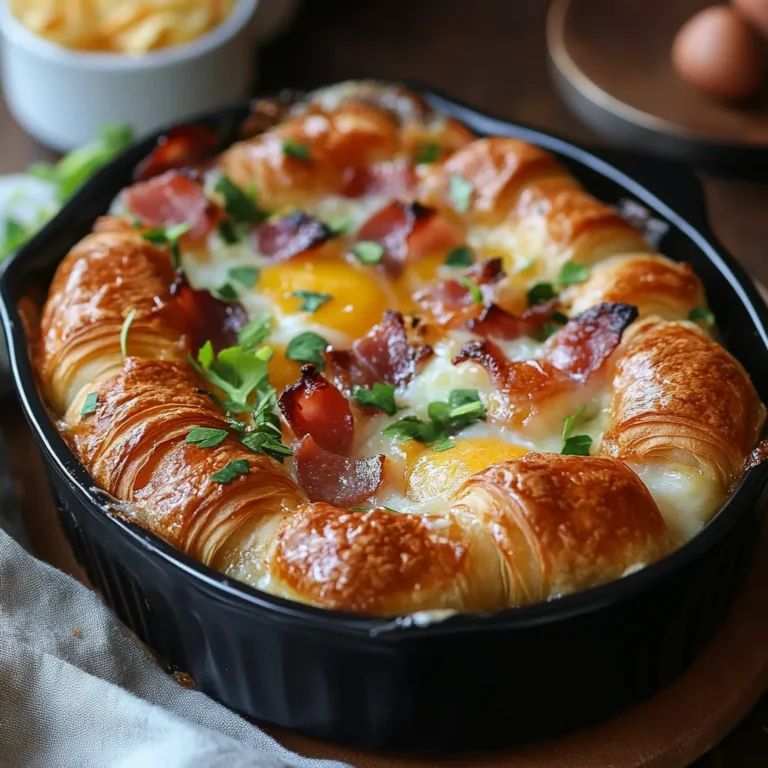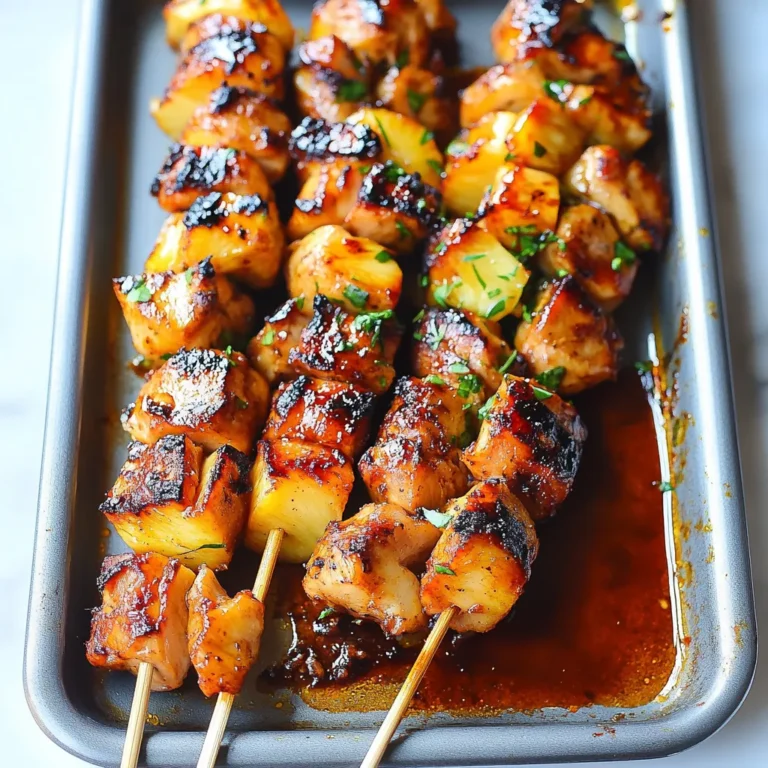A common concern when baking without gluten is “Does gluten-free flour make cookies dry?” The truth is, it can—but it doesn’t have to. Gluten-free flours, such as almond or rice flour, absorb more moisture than traditional wheat flours, which can result in dry or crumbly cookies. However, with the right techniques and ingredients, you can bake soft, chewy cookies without gluten.
When baking for those with gluten sensitivities or celiac disease, it’s essential to use the proper ingredients to maintain both flavor and texture. You can learn more about why gluten is problematic for some people by exploring the health benefits of a gluten-free diet. Fortunately, by incorporating moisture-rich ingredients and proper baking techniques, you can avoid the pitfalls of dryness while maintaining delicious cookies.
One key to avoiding dry cookies is using the right flour blends and binding agents like xanthan gum. This ingredient acts as a substitute for gluten, helping to retain moisture and create a better texture in gluten-free baked goods. To discover more about how xanthan gum works in gluten-free recipes, click here.
For another great gluten-free recipe, you can try this gluten-free sugar cookie recipe, which incorporates tips for avoiding dry textures.
When choosing flours, it’s essential to find the right blend. Learn more about the best flours for gluten-free cookies to ensure your cookies stay moist and flavorful.
Why Gluten-Free Flour Can Cause Dry Cookies
Gluten-free flour often leads to drier cookies because it lacks the elasticity and moisture retention properties that gluten provides in traditional baking. The high absorbency of gluten-free flours—like coconut, almond, or rice flour—can make it challenging to maintain a moist, soft cookie texture. Additionally, the absence of gluten’s binding abilities can make dough more fragile and prone to crumbling.
Common Mistakes That Lead to Dry Gluten-Free Cookies
When baking with gluten-free flour, several factors can contribute to dryness:
- Overbaking: Gluten-free cookies tend to bake faster than their gluten-containing counterparts, which means they can dry out if left in the oven too long.
- Using the wrong flour blend: Not all gluten-free flours are created equal. Some absorb more moisture than others, leading to drier results.
- Insufficient fat or liquid: Gluten-free doughs often require more liquid and fat to stay moist, as the flour absorbs more moisture during baking.
Types of Gluten-Free Flours and Their Effects
Different gluten-free flours have unique properties that impact the moisture content of your cookies:
- Rice flour:
- Almond flour:
- Coconut flour: And
Tips to Avoid Dry Gluten-Free Cookies
To ensure your gluten-free cookies stay soft and chewy, follow these helpful tips:
1
To combat dryness in gluten-free cookies, it’s essential to incorporate extra moisture into the dough. Some techniques include:
- Increasing liquid content: Adding a few tablespoons of water, almond milk, or coconut milk can improve moisture levels.
- Using more fat:
- Incorporating fruit purees :
2. Rest the Dough
Resting gluten-free dough allows the flours to fully absorb the liquid, which helps to prevent cookies from becoming too dry or crumbly during baking. Aim to let the dough rest for at least 30 minutes before baking.
3. Choose a Good Gluten-Free Flour Blend
Not all gluten-free flours are suitable for cookie recipes. The best gluten-free flour blends are those that include a binding agent like xanthan gum or psyllium husk. These ingredients help create a texture more similar to traditional cookies by holding the dough together and retaining moisture.
4. Adjust Baking Time and Temperature
Because gluten-free cookies dry out faster, it’s important to make adjustments to your baking time and temperature:
- Lower the temperature slightly to avoid overbaking the cookies.
- Monitor baking time closely, removing the cookies from the oven when they’re just set to prevent excessive moisture loss.
Troubleshooting Dry Gluten-Free Cookies
If your gluten-free cookie dough is too dry, here are some quick fixes:
- Add more fat: Mix in extra butter, oil, or even a tablespoon of cream to hydrate the dough.
- Mix in liquid sweeteners: Honey, maple syrup, or agave can help add moisture to both the dough and the final cookie.
- Rehydrate after baking: Brush cookies with a sugar syrup or melted butter after they’ve cooled to introduce moisture back into the cookies.
FAQs: Does Gluten-Free Flour Make Cookies Dry?
1. Does gluten-free flour make cookies dry?
Yes, it can, but with the right techniques, such as adding extra moisture and fat, you can avoid dry, crumbly cookies.
2. What’s the best gluten-free flour for cookies?
A gluten-free flour blend that includes xanthan gum or another binder will help create soft, chewy cookies.
3. How can I keep gluten-free cookies moist?
Increase the fat content, incorporate moisture-rich ingredients, and avoid overbaking.
4. Why is my gluten-free cookie dough crumbly?
The lack of gluten can make the dough more fragile. Add xanthan gum or psyllium husk to help bind the dough and keep it moist.
Conclusion
While gluten-free flour can make cookies dry, there are several ways to ensure your gluten-free cookies turn out soft and chewy. By using the right flour blends, adding extra moisture, and paying close attention to baking times, you can avoid the common pitfalls of gluten-free baking. With these tips, your next batch of gluten-free cookies will be a success!







